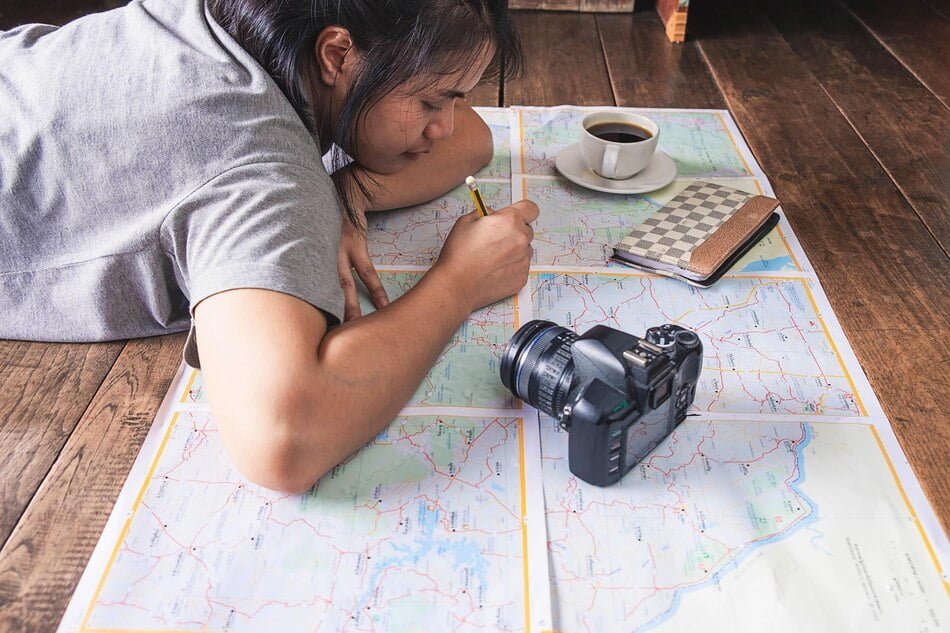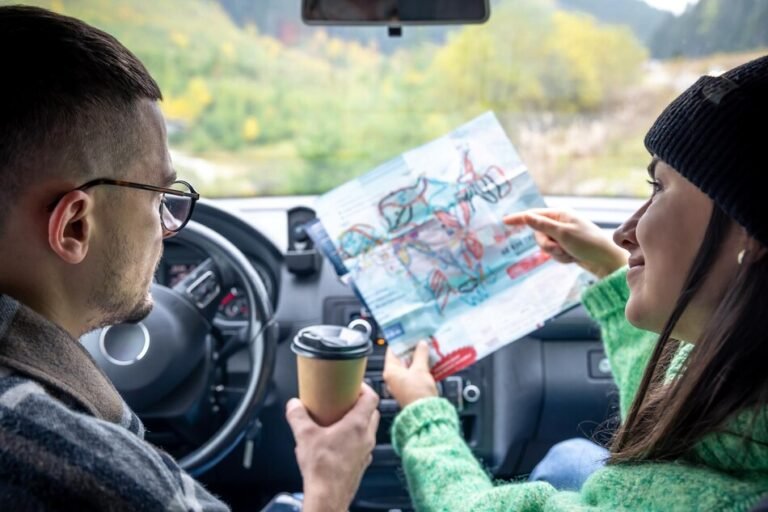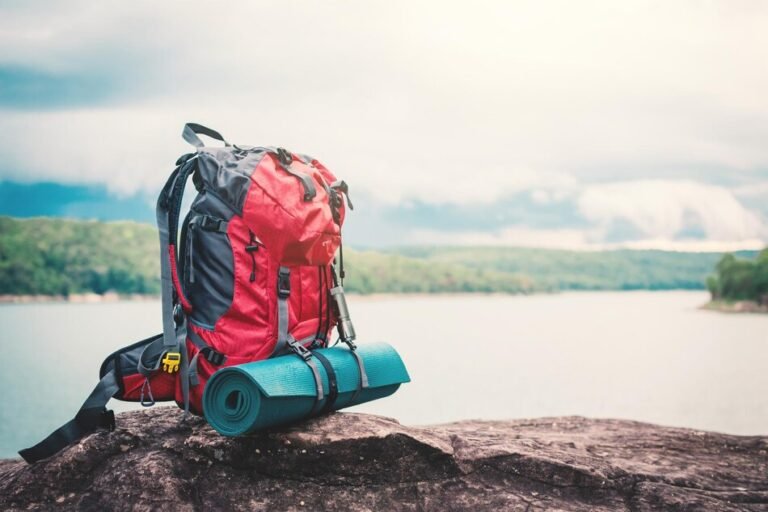Adventure Trip Planning For Beginners: A Step-by-step Guide For First-timers
Adventure trip planning offers thrills, discoveries, and unique memories. Experience the thrill of extreme activities, distant wilderness peacefulness, or cultural immersion in foreign locations. Safe and pleasurable travel requires proper preparation. This extensive guide will walk you through arranging your next adventure trip planning.
A Step-by-step Guide For Adventure Trip Planning
Step 1: Set Your Adventure Goals And Preference
Define your excursion objectives and preferences before planning and trekking through challenging mountains, exploring deep forests, or going on animal safaris. Consider your fitness, risk tolerance, money, and intended challenge. Knowing your objectives and preferences will limit your alternatives and customize your vacation.
Step 2: Find Destinations
After Setting Adventure trip planning Objectives:
- Investigate places that match your interests.
- Plan your adventure trip step-by-step.
- Consider climate while choosing from famous adventure areas to hidden treasures.
- Landscape, accessibility, and culture.
- Use travel guides, forums, and social media to learn from other travelers who have visited your selected places.
- Be open to new places with unique experiences and fewer people.
Step 3: Budget
Your adventure budget must be determined before planning. Transportation, lodging, food, permits, gear rental or purchase, activities, travel insurance, and emergency cash should be considered. Be realistic about your budget and spend according to your tastes. Adventure travel may be affordable or luxurious, so select alternatives that fit your budget while providing a gratifying experience.
Step 4: Detail Itinerary
After choosing your location and budget, adventure trip planning schedule. Start by preparing your trip’s length and choosing your favorite activities, sites, and landmarks. Travel time, acclimatization, rest days, and flexibility for delays or modifications should be considered. Find tours, excursions, and guided experiences in your location that suit your interests. Give yourself leeway for spontaneity and discovery, but establish a basic structure to maximize your time and resources.
Read Also: 10 Best Hiking Trails In The USA You Must Explore
Step 5: Plan Transportation
After creating a basic plan, book transportation to and from your location. Book your air, land, or marine trip early for excellent pricing and availability. Flight timings, layovers, luggage limitations, and destination transportation should be considered. Local buses, boats, trains, and private charters may be options for off-grid adventures. Expect lengthy drives and uncertain weather. Expect delays and prepare backup plans to avoid travel inconveniences.
Step 6: Reserve Accommodation
After arranging transportation, adventure trip planning lodges. Choose accommodations based on price, style, and proximity to activities. Camping beneath the stars, cheap hostels, boutique hotels, or luxury resorts may suit every budget and taste. Book early during busy seasons or popular events to get the most excellent pricing and availability. Read reviews, examine facilities, and verify cancellation rules before booking.
Step 7: Pack Essentials
Choosing the correct clothing and equipment for adventure travel is critical. Base your packing list on location, activities, climate, and travel time. Include proper clothes, durable footwear, outerwear, waterproof layers, camping gear, navigation tools, first aid kit, toiletries, and activity-specific equipment. While packing light, prioritize critical essentials for comfort, safety, and pleasure throughout your excursion. Rent or buy used gear to save money and the environment. When exploring nature, pack wisely and leave no trace.
Step 8: Prepare Travel Documents
Before You Start Your Adventure:
- Make sure you have all the travel paperwork.
- Check your destination’s passport, visa, permission, and travel insurance requirements.
- Visas should be applied early to minimize delays and hassles.
- Copy your passport, travel insurance policy, itinerary, and emergency contacts and keep them separate.
- Download digital copies of papers to your smartphone or tablet for travel.
- Know about travel advisories, health warnings, and safety risks in your trip and alter your plans.
Step 9: Safety Considerations
Safety is paramount while adventure trip planning. Prepare for natural catastrophes, animal encounters, political upheaval, and health issues on your trip. Review safety rules, travel warnings, and emergency procedures to reduce hazards and assure your safety.
Bring a well-stocked first aid bag and learn how to manage common injuries and illnesses. Stay hydrated, avoid the sun, and behave responsibly outside to reduce your environmental effects. Stay alert, trust your instincts, and be ready to adjust to unexpected problems throughout your expedition.
Step 10: Stay Fit
Adventure travelers must emotionally and physically prepare to maximize fun and minimize danger. Prepare for your vacation by being active, eating well, getting enough rest, and controlling stress. Exercise regularly to increase strength, endurance, and flexibility. Focus on activities that match the needs of your selected excursion. Practice navigation.
First aid and wilderness survival to boost your confidence and readiness for obstacles. Consider destination-specific vaccines and drugs. If you have pre-existing medical issues, see a doctor. To avoid injury and fatigue on your expedition, listen to your body, pace yourself, and know your limitations.
Step 11: Respect Nature And Community
Adventure travelers must protect the environment and be considerate visitors to communities. By following Leave No Trace principles, they can avoid damaging animal habitats, cultural heritage places, and natural landscapes. They should also remove garbage, properly dispose of rubbish, and avoid disrupting animals or vulnerable habitats.
Respect local traditions and culture and connect with local communities. Meaningful and considerate. Support sustainable tourism that boosts local economies, preserves culture, and preserves natural resources for future generations.
Conclusion
Adventure trip planning is exciting and anticipation-filled. This step-by-step guide will guarantee a seamless and unforgettable experience that challenges your limits, broadens your horizons, leaves you with lifetime memories. Pack your luggage, plan your route, and start your lifelong journey. Adventure awaits!







